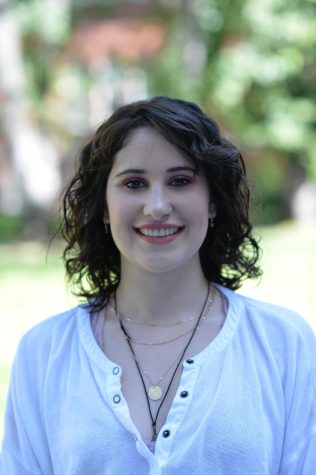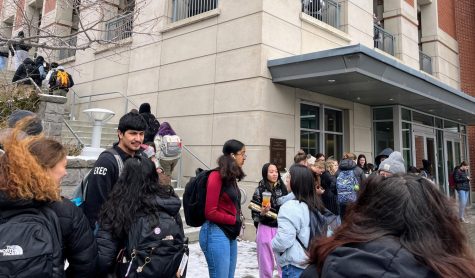- COVID-19
- Environment
- Faculty
- Features
- Local
- News
- Pullman Community
- Research
- Safety
- Whitman County
- WSU Pullman campus
New tool shows rural-urban gap in COVID-19 cases
Rural populations typically more vulnerable to COVID-19; have limited health resources
The coronavirus tracking tool helps researchers understand the gaps in rural and urban areas.
November 4, 2020
As Whitman County reports 18 deaths from COVID-19 over the span of about one month, WSU researchers are looking to a new rural COVID-19 tracking tool to understand gaps in rural and urban areas.
Ofer Amram, lead developer of the tool and assistant professor in the Department of Nutrition and Exercise Physiology at the WSU College of Medicine, said this disparity is well known but more important now that Whitman County is seeing a spike not only in infections but fatalities.
Many of those who have passed from contracting the virus are among older populations, according to Whitman County Public Health Department. The county sits at an 8 percent COVID-19 positivity rate, and five people are hospitalized. The county resides in a “red” zone for the virus, meaning “community spread [is] greater than 2 per day,” according to the department’s COVID-19 page.
“It’s pretty alarming because rural areas have such low bed availability, [and] such low availability in health resources,” Amram said.
The tool, COVID Urban Rural Explorer, collects data from The New York Times’ daily tracker and other sources to compile and classify it into a weekly rural-urban visual, Amram said.
While Amram said he was not surprised by the spike in cases for a transient college-aged population like Pullman, the concern comes because rural populations are made up of people who are typically more vulnerable to the virus.
When these populations are infected, they suffer the most, he said.
The first reported death was a female aged 60-79 on Oct. 6, according to a Whitman County Emergency Operations Center press release that day. Nearly every death reported since has been in a similar age demographic.
“This loss is a reminder that COVID-19 can be particularly dangerous for people in high-risk groups,” according to the release. “That includes people who have underlying conditions, who are over 60 years old or who are pregnant.”
Troy Henderson, Whitman County Public Health director, told the Moscow-Pullman Daily News last Wednesday that the outcomes as flu season approaches are “bleak” and he was concerned about an even larger spike in fatalities from January to March.
This came after Bishop Place Senior Living in Pullman reported an outbreak among its residents and staff, according to the Daily News.
Amram said the CURE tool is just a data collector, but he hopes it will spark a larger response from communities in noticing trends with the infection and death rate.
Although rural areas may report fewer cases than dense populations, Amram said, the introduction of a virus is much harder to combat.
“In terms of access to health care and debts, the spread of COVID will be very devastating,” Amram said.























